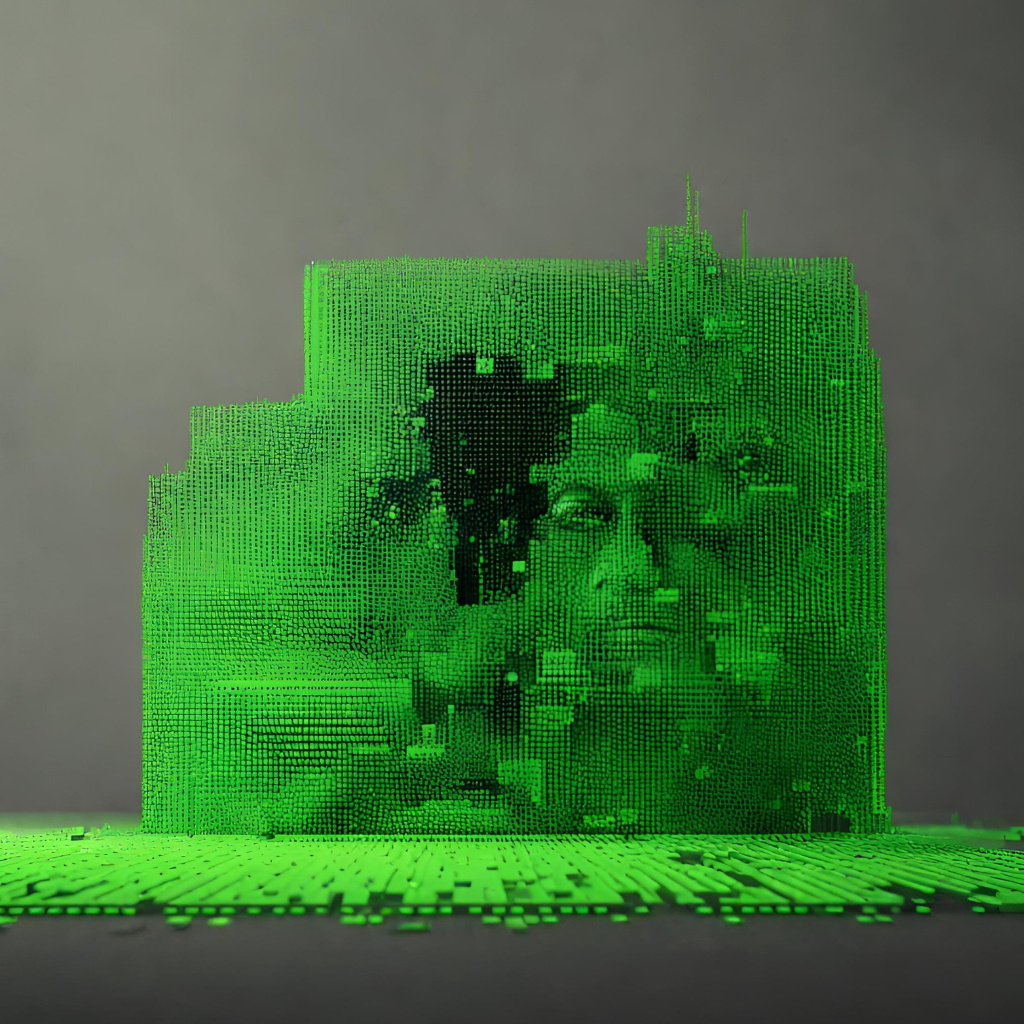The TRANSIC Recipe: Mix Simulation, Add Human Touch, Deploy Successfully
by
June 3rd, 2025
Audio Presented by

Skillfully adjusting the tempo of learning to strike the perfect balance between progress and precision.
Story's Credibility

About Author
Skillfully adjusting the tempo of learning to strike the perfect balance between progress and precision.